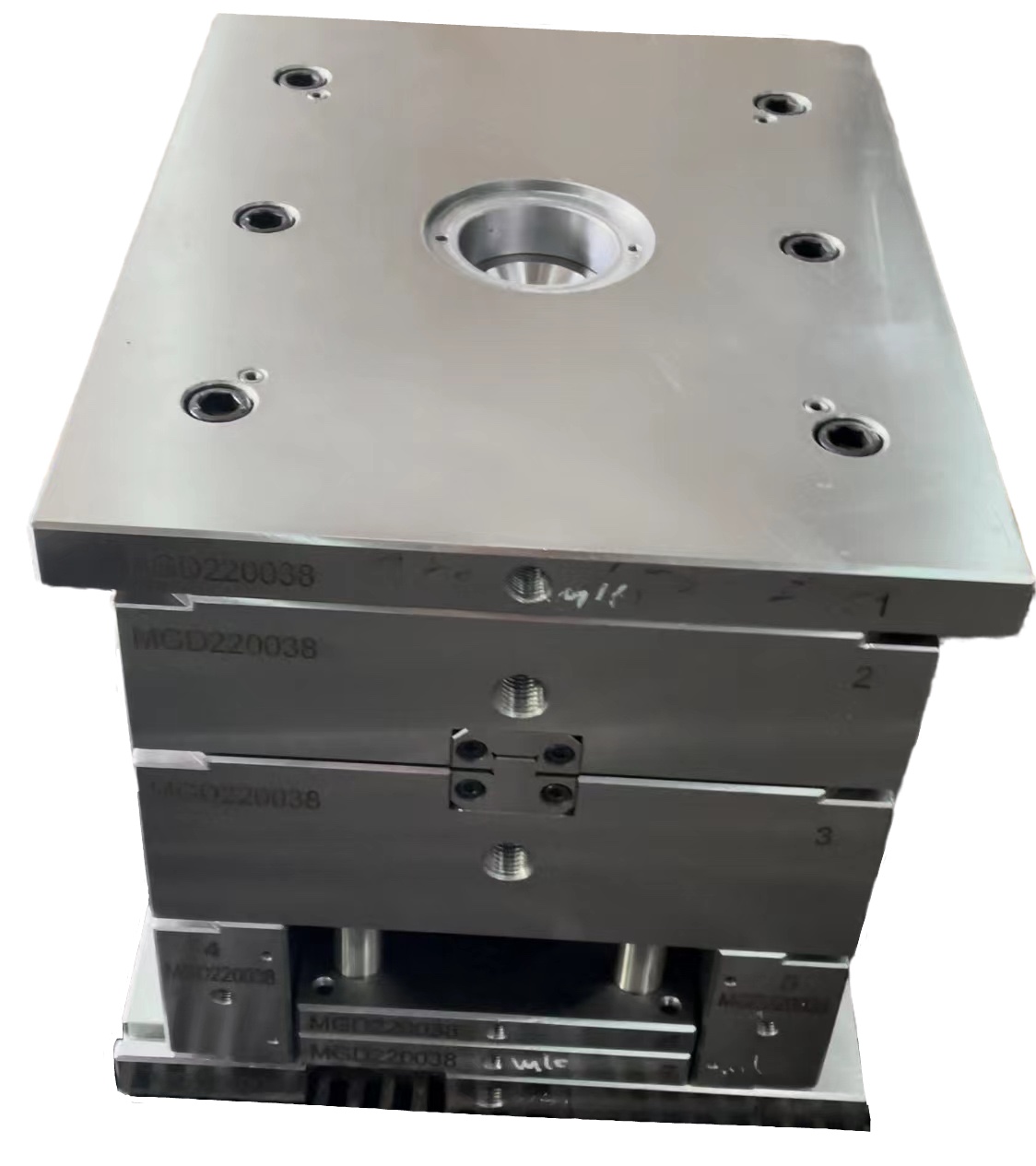Introduction to Mold Steel
Mold steel is an indispensable component in the manufacturing process, especially for industries such as automotive, consumer goods, and electronics. It refers to the specialized steel utilized in the production of molds that shape products during the injection molding or die-casting processes. In Singapore, where manufacturing is a key economic pillar, understanding the intricacies of mold steel is crucial for enhancing product quality and optimizing production efficiency.
The Importance of Choosing the Right Mold Steel
Selecting the appropriate mold steel is vital for manufacturers. The choice affects various factors, including durability, precision, and cost-effectiveness. Utilizing high-quality mold steel enhances the lifespan of molds, which leads to reduced production downtimes and maintenance costs. Furthermore, molds made from the right steel alloy ensure that the final products meet stringent quality standards.
Types of Mold Steel
There are several types of mold steel, each serving specific functions and applications. The most commonly used types include:
- Alloy Tool Steel (A2, D2, O1): Known for its excellent wear resistance and toughness, alloy tool steel is commonly used for high-volume production parts.
- Pre-Hardened Steel: This steel is often used for medium-volume production where the benefits of reduced processing time and lower costs are prioritized.
- Stainless Steel: Resistant to corrosion and ideal for applications requiring high aesthetic quality, stainless steel is commonly used in food-grade molds.
- High-Speed Steel: This type is optimal for molds that need to undergo high-temperature operations.
Evaluating Mold Steel Properties
When selecting mold steel, manufacturers in Singapore must consider several key properties:
- Hardness: A measure of a material's resistance to deformation. Higher hardness levels typically translate to better wear resistance.
- Toughness: The ability of mold steel to absorb energy and plastically deform without fracturing is critical in maintaining mold integrity under stress.
- Corrosion Resistance: Important for molds used in environments with exposure to moisture or chemicals, preventing degradation over time.
- Thermal Conductivity: Effective heat dissipation can enhance the molding process, improving cycle times and product quality.
An Overview of the Manufacturing Process
The manufacturing process for producing molds from steel typically includes the following stages:
- Design: Creating a detailed blueprint that outlines the specifications and requirements of the mold.
- Material Selection: Choosing the appropriate type of mold steel based on the mold's intended purpose and performance criteria.
- Machining: Milling, turning, and grinding the steel to achieve the desired mold shape and surface finish.
- Heat Treatment: Subjecting the steel to controlled heating and cooling processes to enhance its hardness and toughness.
- Assembly: Building the mold by joining different parts and ensuring all components work harmoniously.
Technological Innovations in Mold Steel
As manufacturing in Singapore continues to evolve, there are notable technological advancements related to mold steel:
- 3D Printing: The adoption of additive manufacturing technologies allows for the rapid prototyping of molds, enabling more complex geometries and designs.
- Advanced Coatings: Application of specialized coatings improves wear resistance and reduces friction, extending the lifespan of molds significantly.
- Smart Sensors: Integration of sensors in molds can provide real-time data regarding temperature and pressure, optimizing the molding process and preventing defects.
Challenges Facing Manufacturers in Singapore
While Singapore's manufacturing sector is robust, it does face several challenges related to mold steel:
- Cost Volatility: Fluctuations in raw material prices can affect overall production costs, compelling manufacturers to find effective cost management strategies.
- Workforce Skills Gap: A skilled workforce is vital for implementing advanced manufacturing techniques. Professional training programs are necessary to bridge this gap.
- Regulatory Compliance: Adherence to local and international regulations concerning material usage, safety, and environmental impact is essential for maintaining competitiveness.
Future Trends in Mold Steel Manufacturing
Looking ahead, manufacturers in Singapore should stay informed regarding emerging trends that may influence mold steel production:
- Sustainability: Increasingly, manufacturers are seeking eco-friendly alternatives for mold production, including recyclable materials and sustainable processes.
- Automation: With the rise of Industry 4.0, the incorporation of automation and robotics in manufacturing processes can lead to higher efficiency and lower costs.
- Custom Solutions: As demand for customized products grows, manufacturers need to be flexible in their mold designs to cater to unique specifications.
Conclusion
In conclusion, understanding mold steel is essential for manufacturers in Singapore striving for excellence in production. Selecting the right type of mold steel, evaluating its properties, and staying ahead of industry challenges and innovations are critical for sustaining competitive advantage. As the manufacturing landscape continues to evolve, embracing technological advancements and focusing on sustainability will play a significant role in shaping the future of mold steel production in Singapore.

